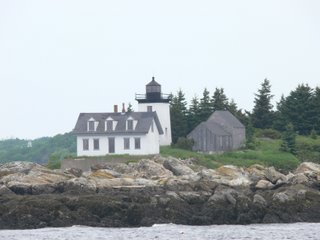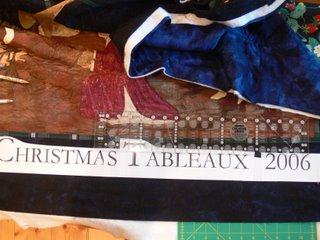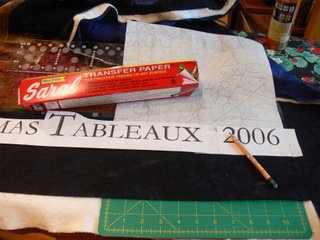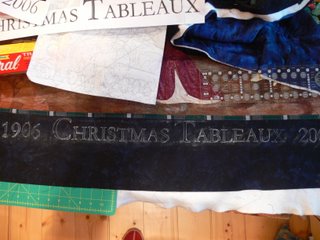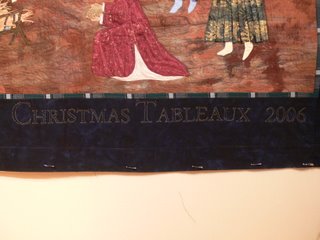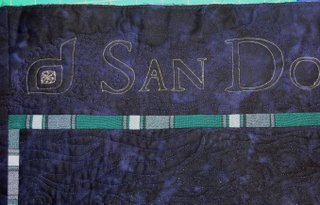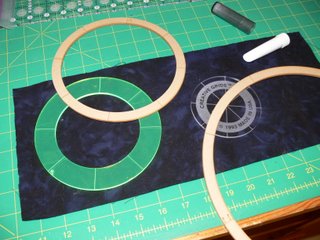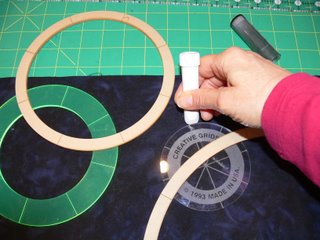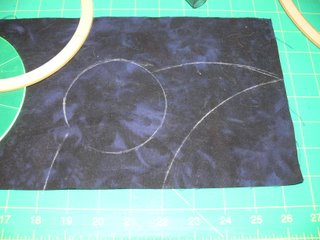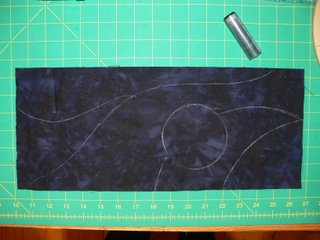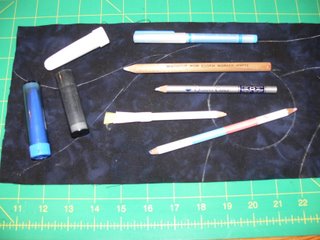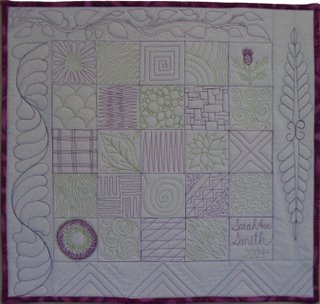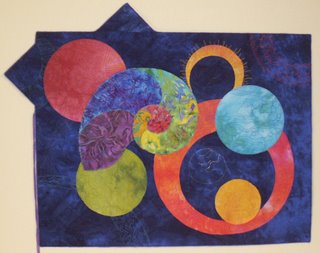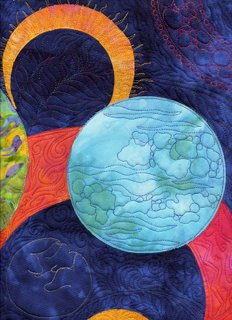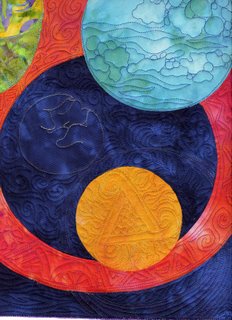A brief digression: Aboard the Heron
Thursday, June 15th, 2006Today is the next to last day of school, and Eli asked me to go with him on his second grade class trip aboard the Heron, a schooner which calls Rockport Harbor home. The trip was rain-delayed (it has been a season worthy of Noah), but we got to go out today despite gray skies and 2-3 foot swells outside the harbor.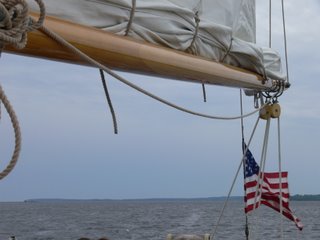
We motored away from the dock, then at the entrance / exit to the harbor, stopped to raise the sails. I took these two photos (the one at the start of the post and the one immediately following) before and as two of the sails were raised. Because of the bluster and chop, they only raised these two: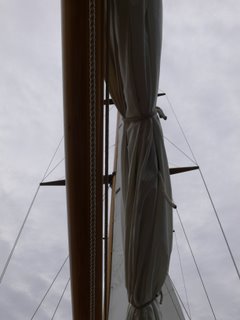
On the way out of the harbor into Penobscot Bay, we passed Indian Island, and the de-comissioned Indian Island light (taken out of service in the 1930s, and now private property–the owners are apparently summer folks). What a gorgeous spot! Maybe someday I’ll win a lottery and live in a lighthouse!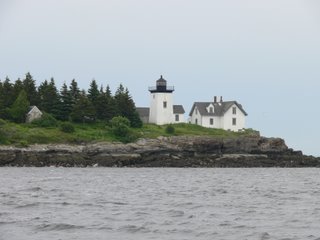
Despite the choppy waters, and the cold breeze (I was wearing a t-shirt, polartec, and gore-tex jacket snapped shut) which made it decidedly chilly, especially for kids dressed in shorts and just a shirt, it was glorious to be out on the water. The imp with the dimples on the far right (aka my son) clearly failed in his attempt to avoid being photographed!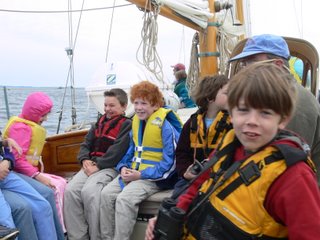
We saw an osprey’s nest on a derelict boat in the harbor (that pile of sticks on the bow):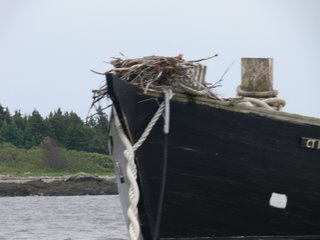
And a bald eagle in a tree (trust me, it was there…even with my super zoom though couldn’t get a photo worth posting). And seals on the rocks….brown shapes indistinguishable from the rock until they moved! And, my first ever sighting of Eider ducks. Now, if I could find my Peterson’s Birds of the Eastern US, I could add another bird to my pathetic “life list” of birds seen.
The Camden Hills are well-known hereabouts, and the state of Maine is known as “Vacationland” for a reason… folks from Boston and other muggy points along the Eastern seabord have been coming up here for well over a century to escape to blissful summer weather (we get a few nasty days each summer, but then the weather improves and we’re back to heavenly). Here is a view of “the hills”…. Mount Battie and Mount Megunticook in the distance. These are clearly mountains that surrendered to the superior force of the glaciers umpteen thousand years ago: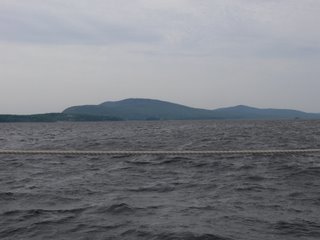
By the time we turned around to head home, two girls had huddled under a blankie for warmth.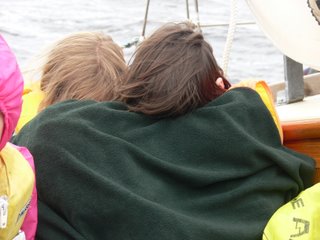
In the meantime, I was mesmerized by the water, and actually managed to get a decent shot (and numerous not-so-decent ones) despite the movement of the boat and the water and my hands).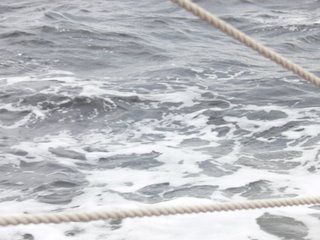
Then it was snack time…smiles returned, heads popped out, and even those who weren’t in love with being on the water smiled. The imp is mine–the one in the center of the boat, red sleeve, yellow life vest, talking to the girls: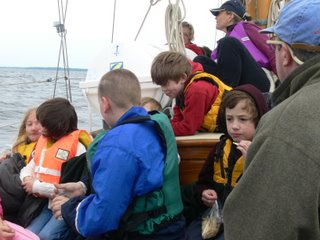
And of course as soon as the food came out, a seagull–the ultimate scavenger?–decided to join us: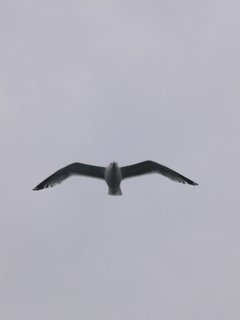
The lighthouse looked just as good on the return trip as on the way out.